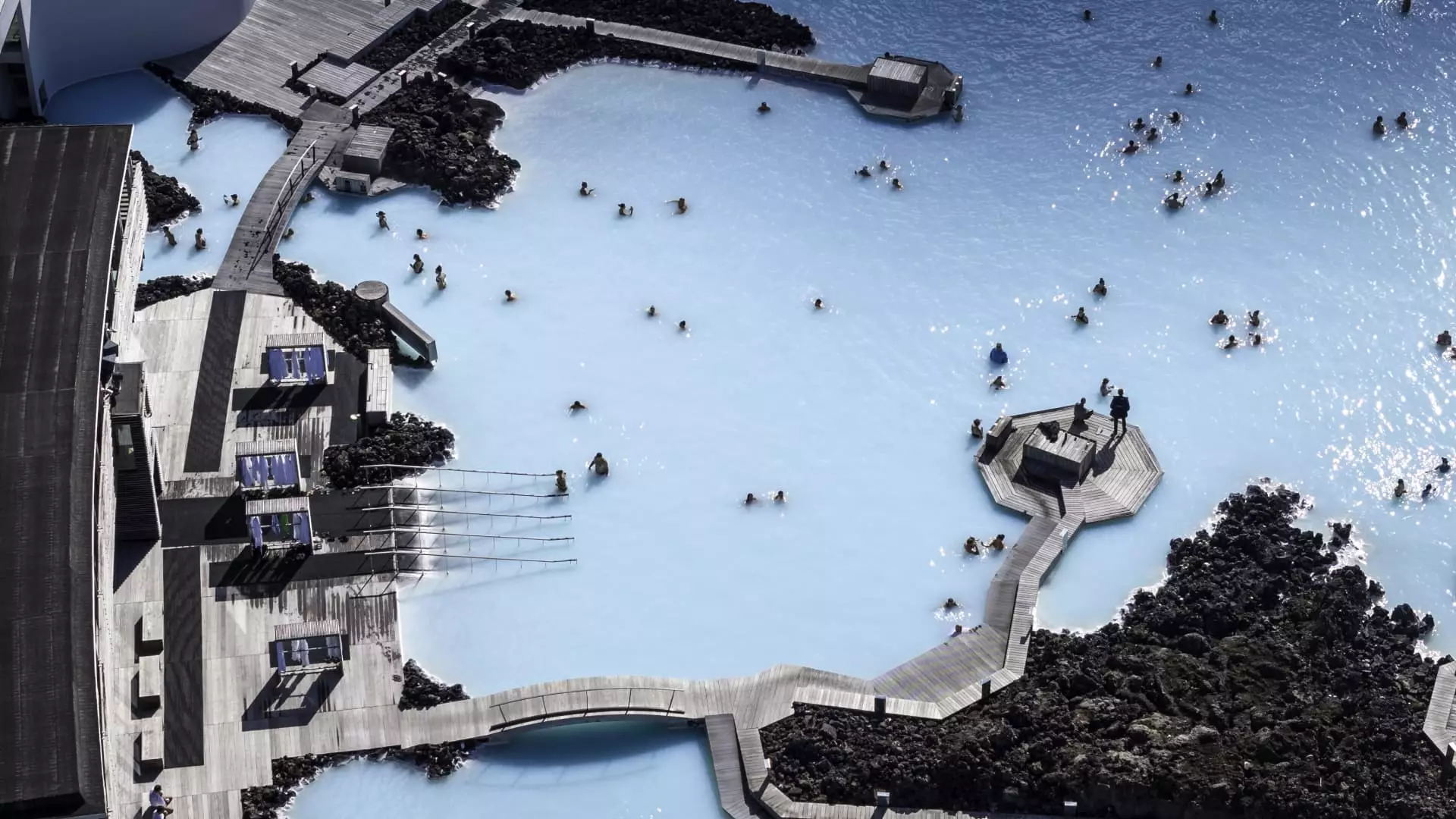Iceland, known for its stunning natural landscapes and unique geothermal features, has seen a surge in tourism over the years. However, this influx of visitors has also brought about challenges related to environmental impact and strain on local resources. In response to these challenges, Iceland’s government has been working on implementing measures to ensure sustainable tourism practices that benefit both the economy and the environment.
With the rise in popularity of travel to Iceland, concerns about overtourism have become more prevalent. In order to address this issue, the government has reinstated a tourism tax to raise funds for sustainability programs and mitigate the negative impacts of mass tourism. By implementing a nominal fee on hotel rooms, campsites, and other accommodations, Iceland aims to control the flow of visitors and reduce the strain on its natural sites.
Prime Minister Bjarni Benediktsson highlights the importance of finding the right balance between economic growth and environmental conservation in the tourism sector. While tourism revenue plays a significant role in Iceland’s economy, it is crucial to ensure that this growth does not come at the expense of the country’s natural assets. By implementing a system where the user pays, Iceland aims to control traffic to popular tourist attractions and manage the impact of visitor influx.
Iceland’s tourism sector has faced challenges in the wake of natural disasters such as volcanic eruptions and seismic activity. The recent eruptions and resulting lava flow have not only threatened local communities but also forced the evacuation of popular tourist sites like the Blue Lagoon geothermal spa. These events highlight the vulnerability of Iceland’s natural wonders and the need for sustainable practices to protect them for future generations.
As Iceland continues to see growth in tourist numbers, Prime Minister Benediktsson emphasizes the importance of developing a sustainable tourism model for the country. By conducting a “sustainability balance check” that assesses the impact of tourism on nature and society, Iceland aims to make informed decisions about managing visitor flow and protecting its fragile ecosystems. With a focus on long-term sustainability, Iceland seeks to create a tourism sector that benefits both the economy and the environment.
Iceland’s approach to sustainable tourism serves as a model for other popular travel destinations facing similar challenges. By prioritizing environmental conservation and community well-being, Iceland demonstrates a commitment to preserving its natural beauty for future generations. Through careful planning and collaboration between government, industry, and local communities, Iceland is paving the way for a more sustainable and responsible tourism industry.

